Hajime Sorayama’s Futuristic Eroticism
The illustrator is the pioneer for a form of hyperrealism that combines sensuality and technology and depicts sexualised robots.
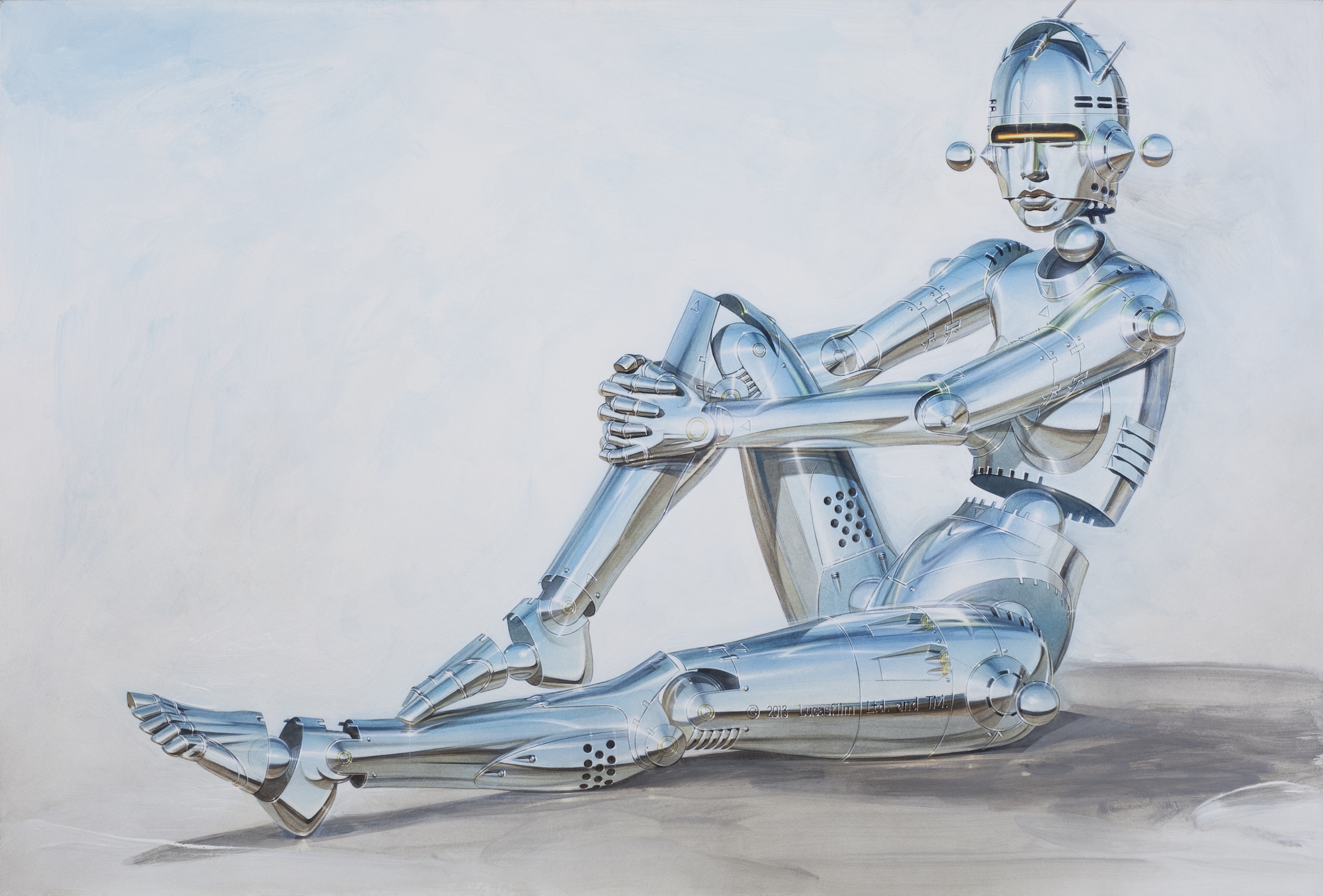
‘Untitled’ (2013), one of the works commissioned by George Lucas and published in the art book ‘STAR WARS ART: CONCEPT’, 2013 © Hajime Sorayama, Courtesy of NANZUKA
Japanese science-fiction is overflowing with works in which robots are the main characters, starting with the famous Astro Boy created by Osamu Tezuka, or Tetsujin 28-go from Mitsuteru Yokoyama.
This fascination for technology is due not only to its usefulness, but also to the beauty it exudes, as demonstrated in the work of Hajime Sorayama.
From Star Wars to eroticism
Born in Japan in 1947, the artist started out working for an advertising agency before becoming a freelance illustrator in 1972. He honed his skills until he found his own style, which he expressed in 1978 when he drew a robot for the first time. Initially, Hajime Sorayama was called upon to draw a character inspired by C-3PO from Star Wars, but the artist wanted to move away from George Lucas’ robot to create a new genre that would earn him international renown, and that can be termed cyber-eroticism.
His first book, published in 1983, was simply titled Sexy Robot. He immediately became famous for his innovative pieces combining pin-ups and science-fiction, and galleries all over the world snapping up his work. This success gave him the opportunity to collaborate with major brands like Dior, Uniqlo and even Sony, for whom he designed AIBO, the robot dog released in 1999.
The beauty of bodies and machines
Sorayama’s work is founded on the search for the beauty of the human body and machines, with representations of female bodies based on standards in advertising, with sensuality merging into the coldness of metal. Most of his hyperrealist pieces use airbrushing, which allows the artist to depict meticulously detailed bodies, with an almost photographic quality. This highly distinctive style brings together the illustrator’s passion for androids and a retro erotic art, as seen for example in representations of cultural icons like Marilyn Monroe.
Hajime Sorayama’s work has an influence that extends far beyond Japanese borders, and that resonates in various domains, from cinema to fashion. His pieces can be found in the permanent collections at the MoMA and have inspired many filmmakers and mangaka whose work is full of Hajime Sorayama’s subversive imagery, like Go Nagai with his Mazinger Angels, and Marvel Studios with Iron Man.
Hajime Sorayama’s work can be viewed on his official website and on his Instagram account. The artist is represented by NANZUKA Gallery in Tokyo.
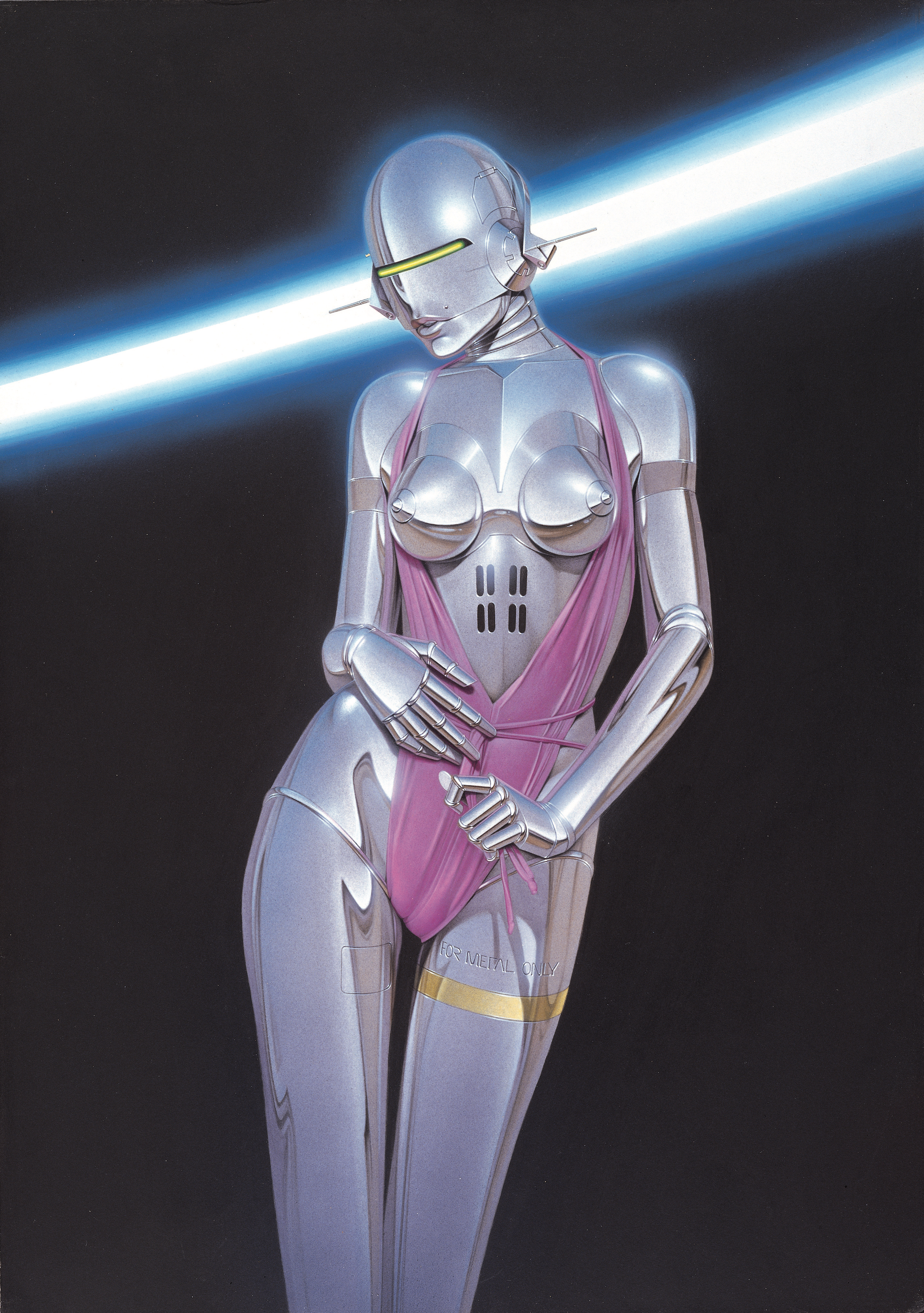
‘Untitled’ (1982), original painting used for the cover page of the book ‘Sexy Robot’ published in 1983 © Hajime Sorayama, Courtesy of NANZUKA
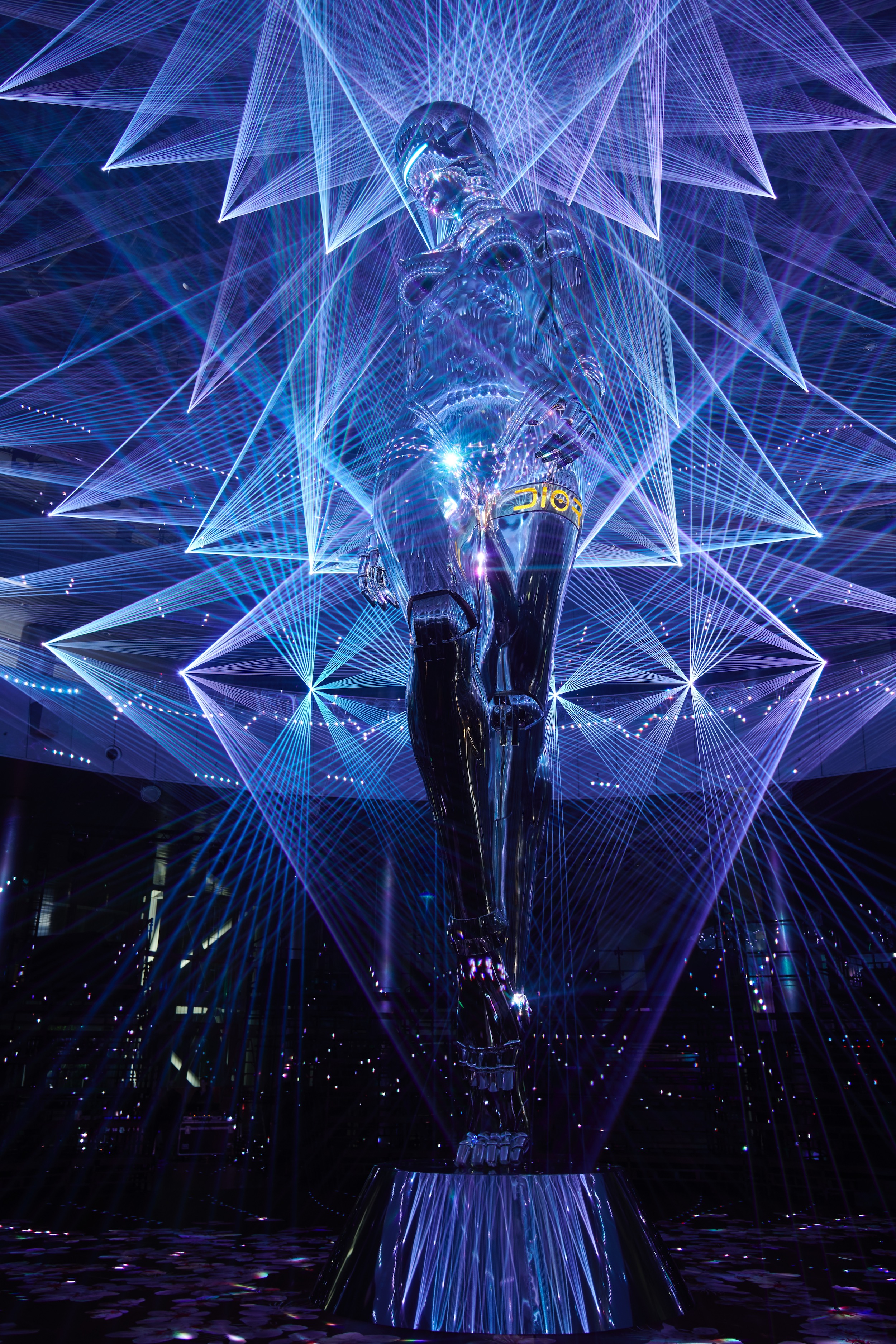
Hajime Sorayama x Dior Homme Pre-Fall 2019 show, Tokyo © Hajime Sorayama, Courtesy of NANZUKA
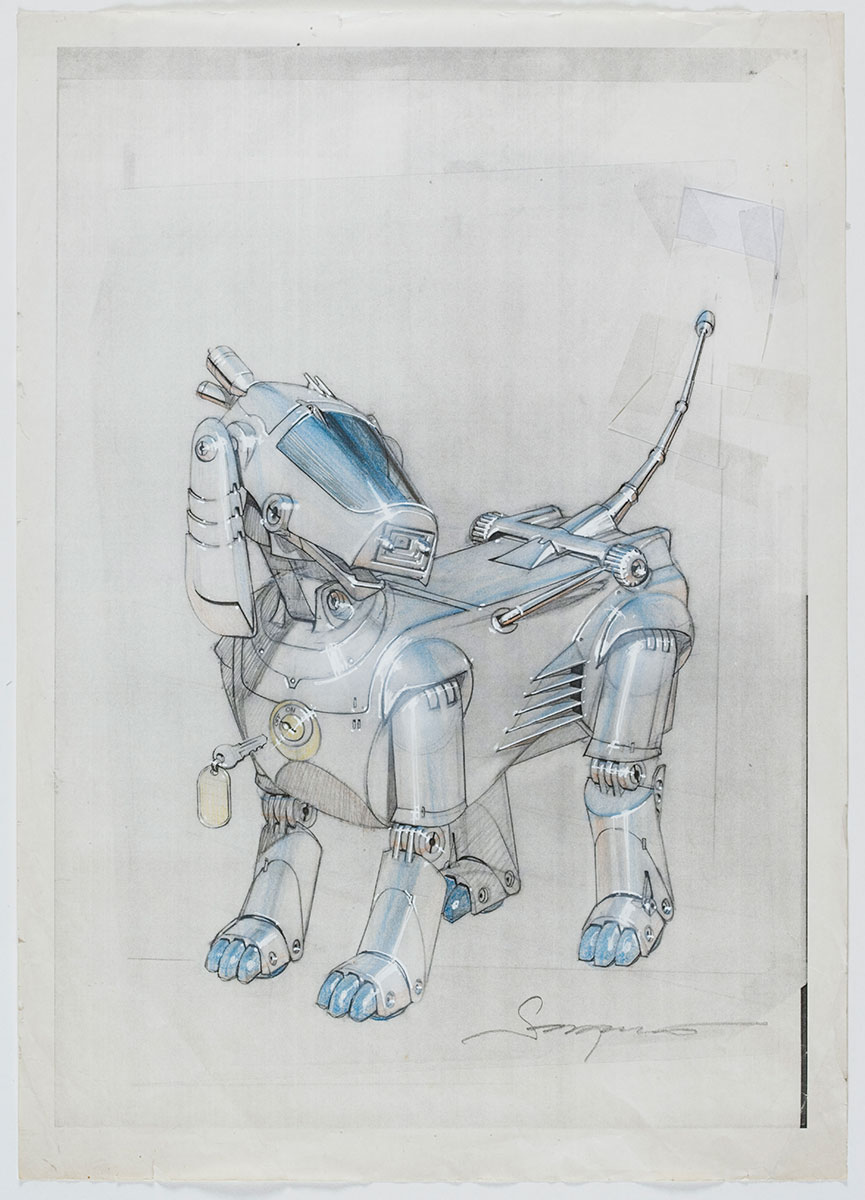
‘Concept design of AIBO’ (1997), original drawing of AIBO © Hajime Sorayama, Courtesy of NANZUKA
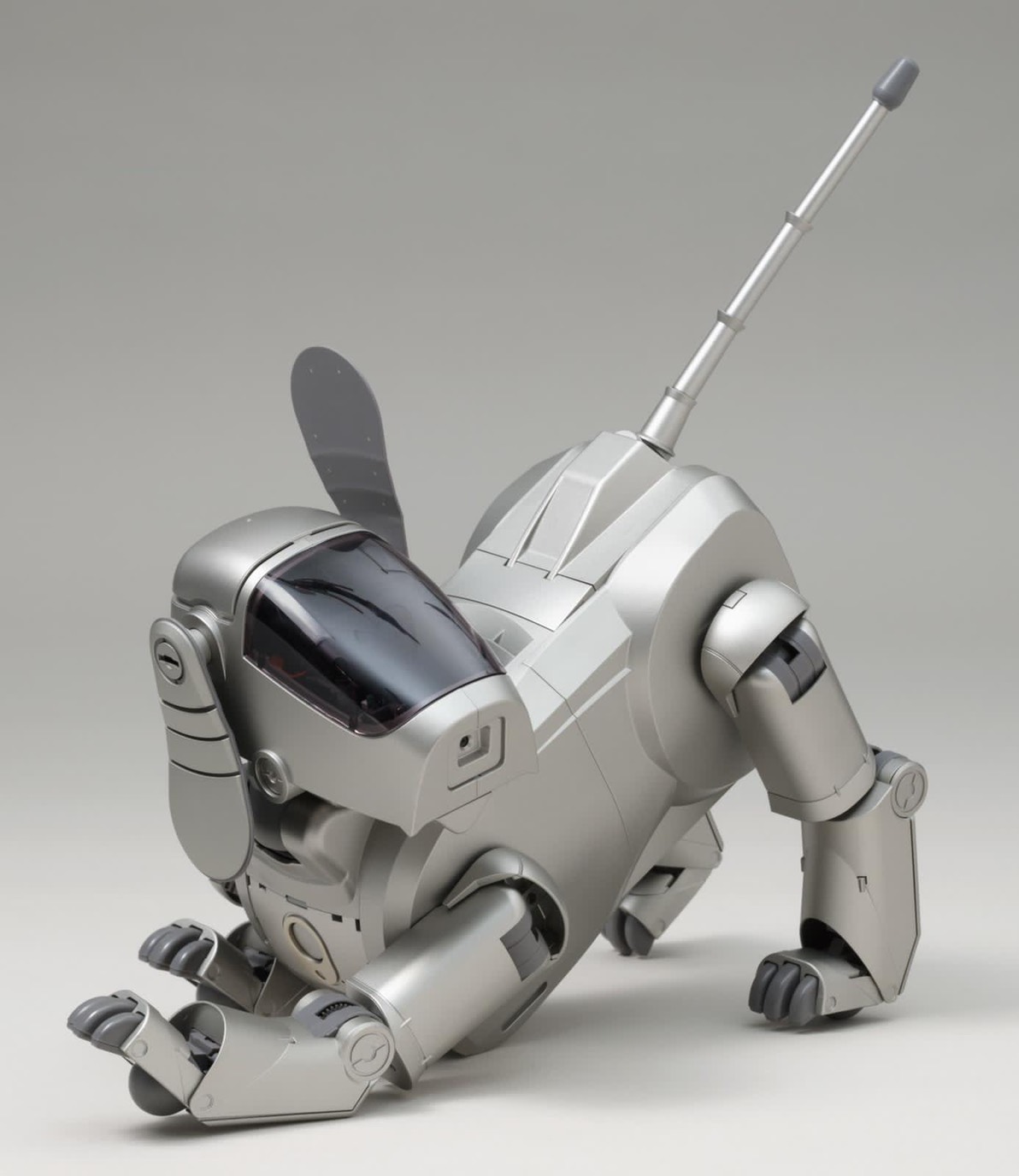
‘AIBO’ (1999) © Hajime Sorayama, Courtesy of NANZUKA

‘Untitled’ (2015), a referential work for ‘Marilyn Monroe’ © Hajime Sorayama, Courtesy of NANZUKA

‘Untitled’, ‘Mazinger Angel’ © Hajime Sorayama, Courtesy of NANZUKA
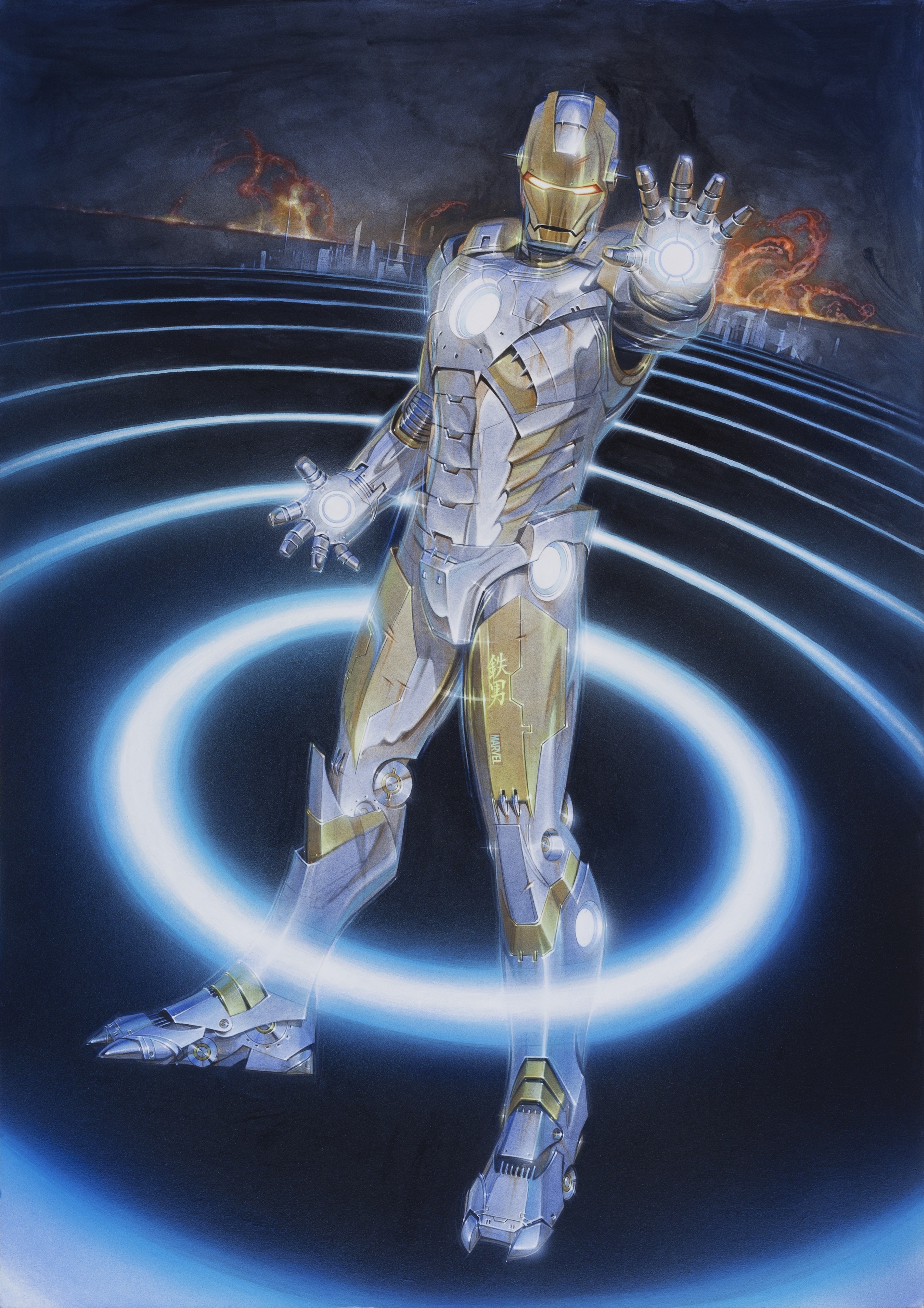
‘Untitled’ (2012), ‘Iron Man’ © Hajime Sorayama, Courtesy of NANZUKA
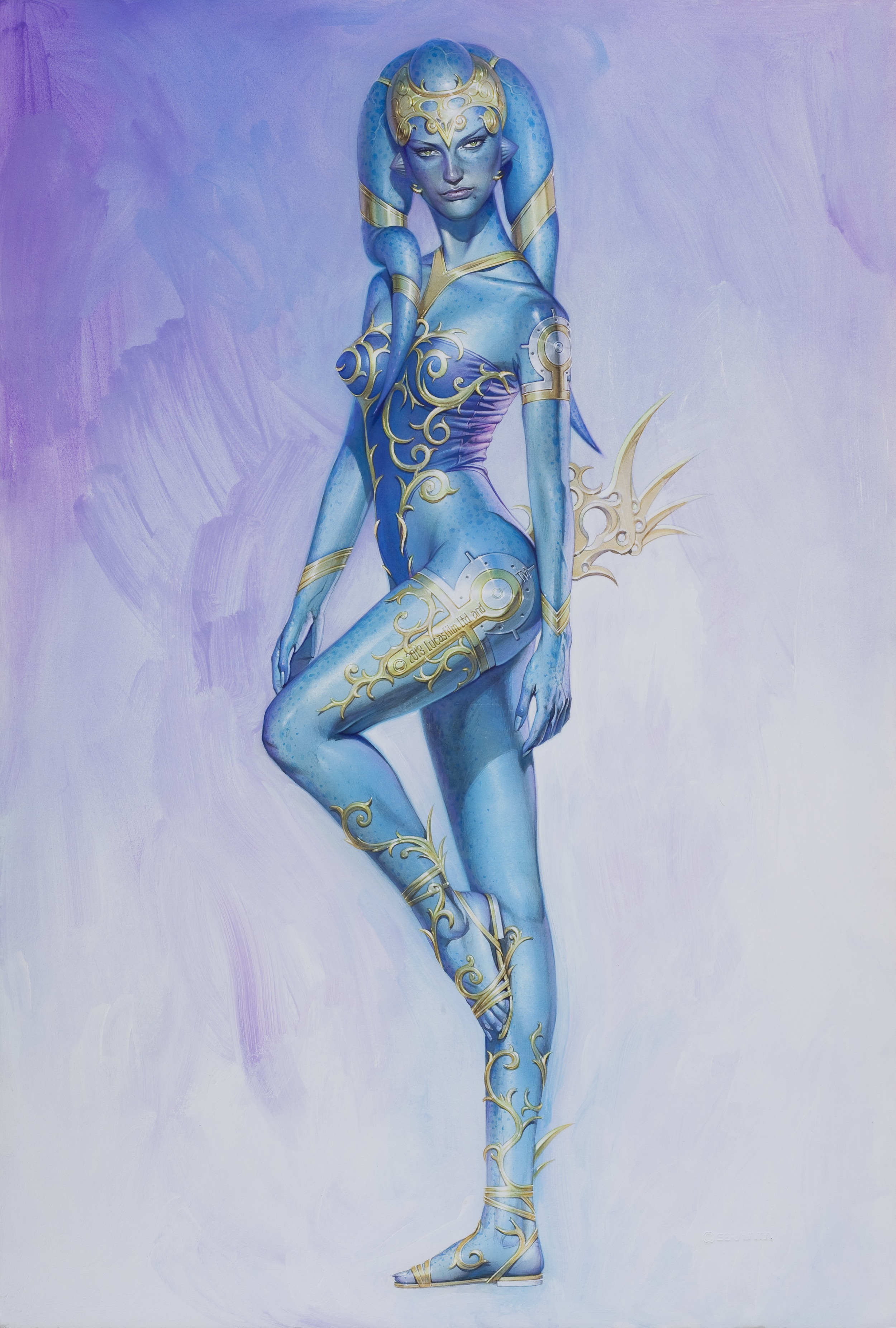
‘Untitled’ (2013), one of the works commissioned by George Lucas and published in the art book ‘STAR WARS ART: CONCEPT’ © Hajime Sorayama, Courtesy of NANZUKA
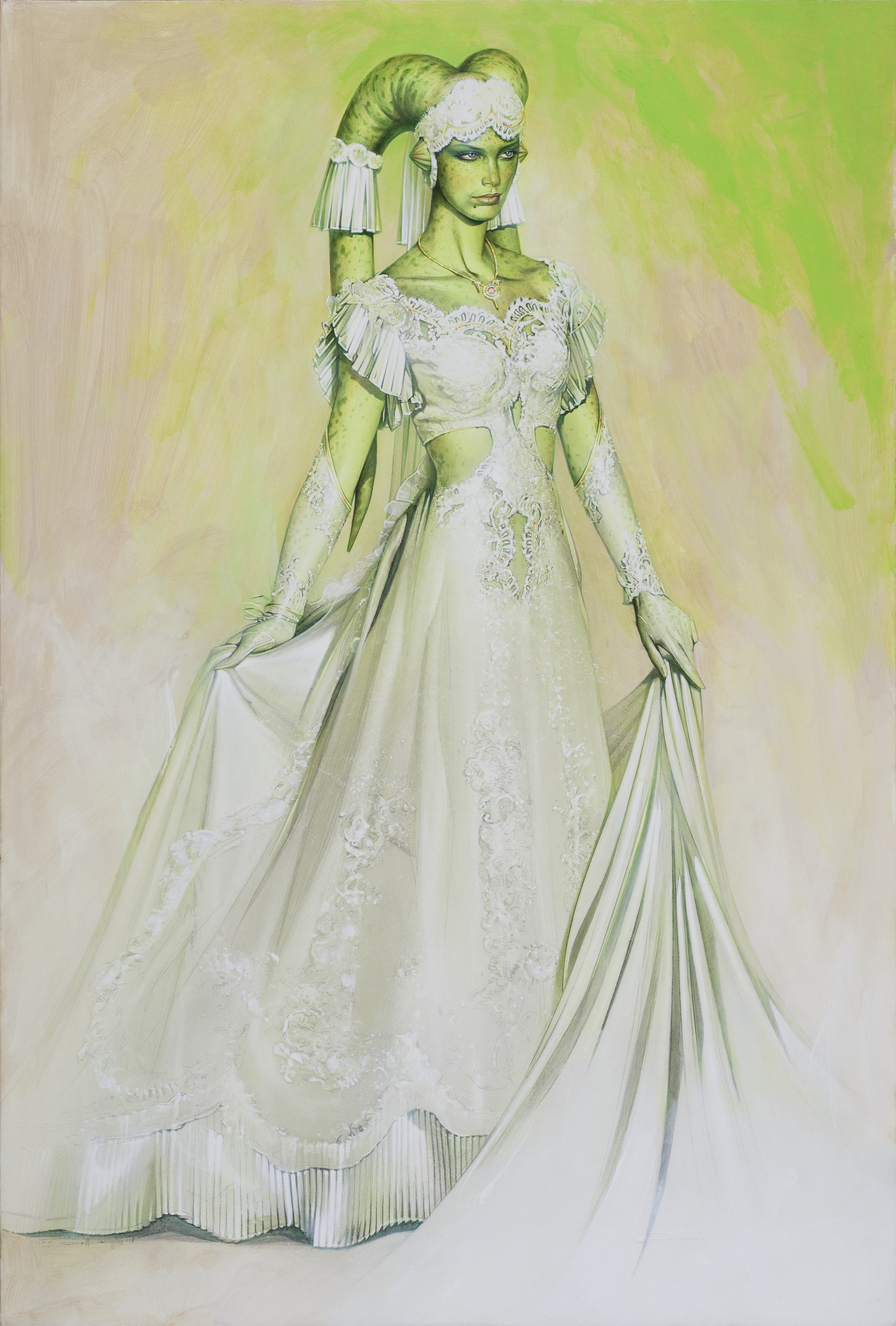
‘Untitled’ (2013), one of the works commissioned by George Lucas and published in the art book ‘STAR WARS ART: CONCEPT’ © Hajime Sorayama, Courtesy of NANZUKA
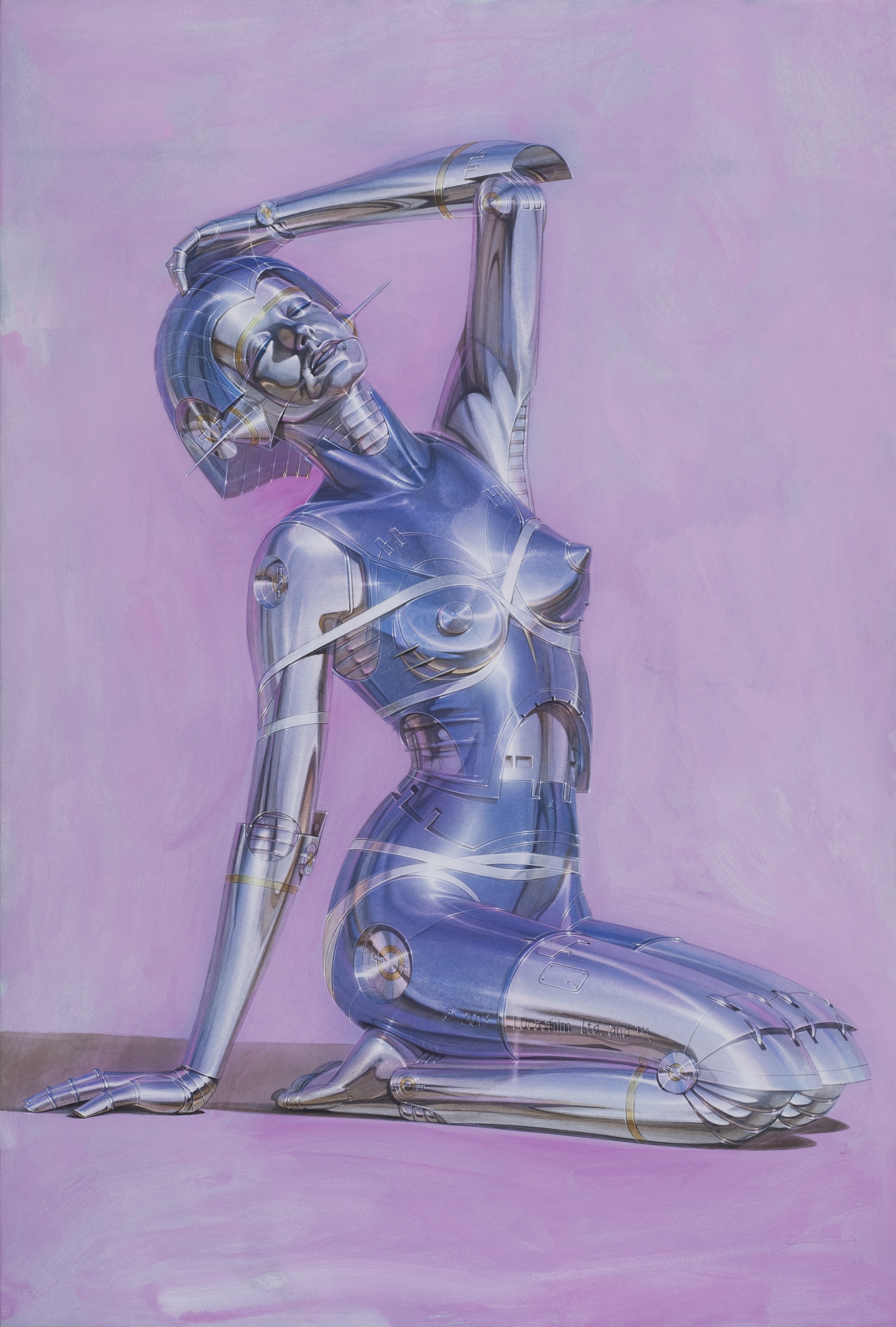
‘Untitled’ (2013), one of the works commissioned by George Lucas and published in the art book ‘STAR WARS ART: CONCEPT’ © Hajime Sorayama, Courtesy of NANZUKA
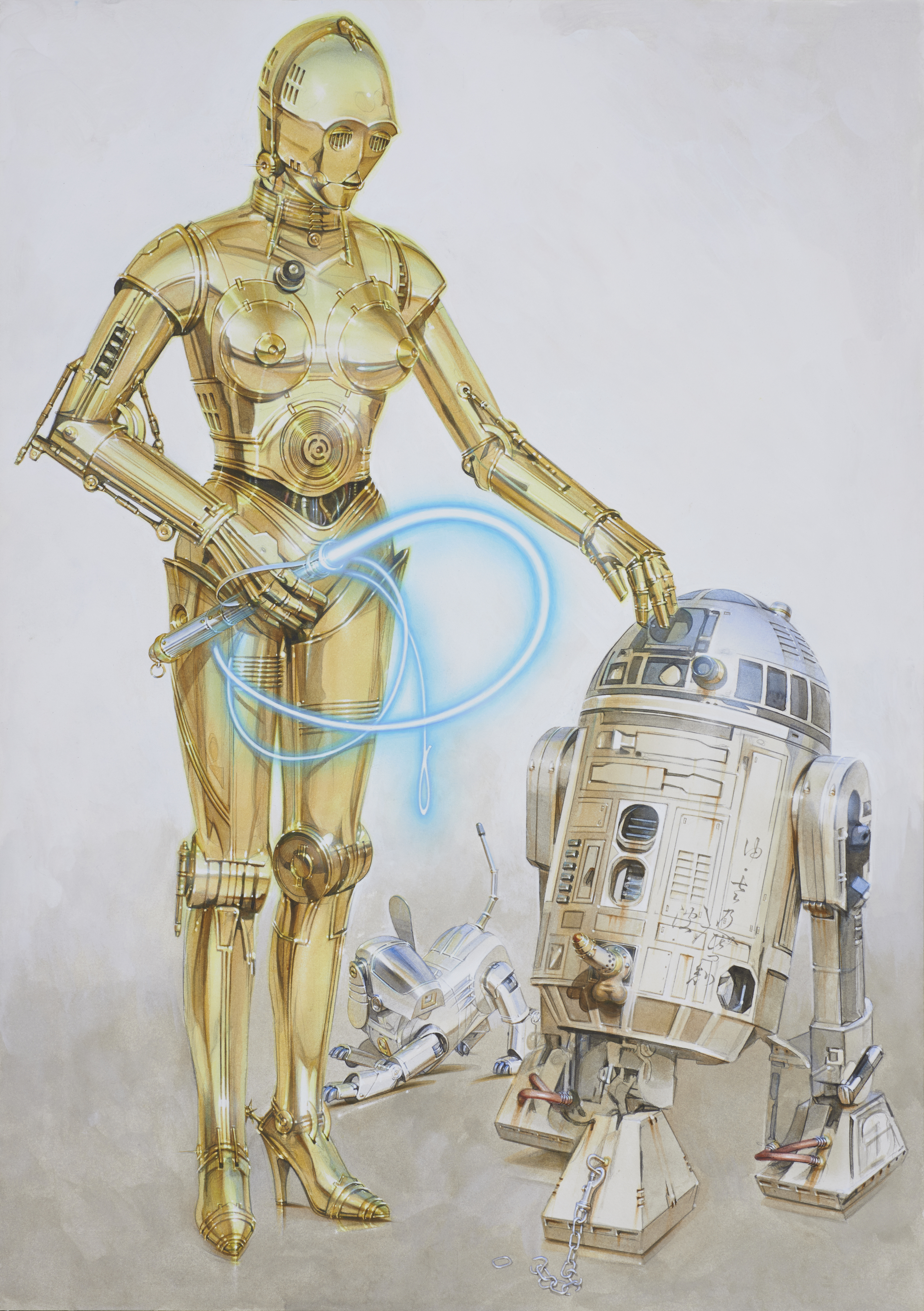
‘Untitled’ (2015), this piece was produced outside of George Lucas' commission for Hajime Sorayama's own enjoyment © Hajime Sorayama, Courtesy of NANZUKA
TRENDING
-
The Tattoos that Marked the Criminals of the Edo Period
Traditional tattoos were strong signifiers; murderers had head tattoos, while theft might result in an arm tattoo.

-
Chiharu Shiota, Red Threads of the Soul
Last year, more than 660,000 people visited the retrospective 'Chiharu Shiota: The Soul Trembles' exhibit at the Mori Art Museum.

-
‘Before Doubting Others, Doubt Yourself. Who Can Truly Say a Dish Isn’t What It Used to Be?’
In ‘A Non-Conformist’s Guide to Surviving Society’, author Satoshi Ogawa shares his strategies for navigating everyday life.

-
The Story of Sada Yacco, the Geisha who Bewitched Europe
Described by Dazed magazine as the first beauty influencer, she has been restored to her former glory since 2019.

-
Ito Jakuchu's Naturalist Paintings
From 15 September until 14 October 2018, the Petit Palais showcased the artist's iconic ‘Images of the Colourful Realm of Living Beings’.





